
Background information
Your desk setups, part 7: Andy’s alternative workplace
by David Lee

Environmental activist Greta Thunberg not only helps a photographer achieve global fame, but also shines a light on an almost forgotten photographic technique with two portraits.
She looks into the distance, past the camera. She is not smiling, standing there somewhat tensely. The picture looks as if it was taken in the early days of photography in the mid-19th century. But the person in the picture is wearing a hoodie and trainers. It is environmental activist Greta Thunberg, born in 2003. The picture by US photographer Shane Balkowitsch was not taken with a digital SLR or system camera, but with a camera that uses the collodion process.
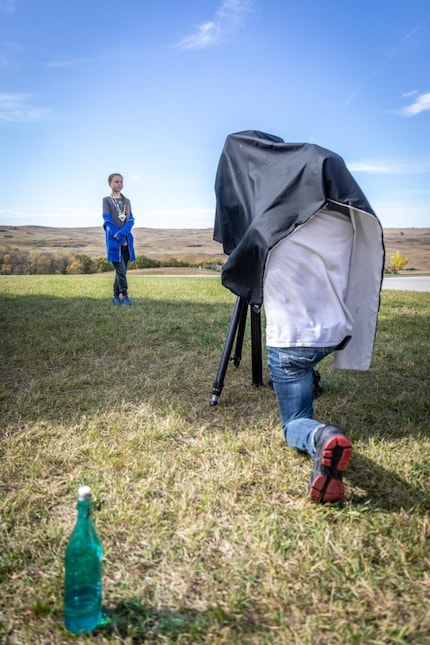
Through the absence of HDR-like colours, the blue hoodie or the equally blue sneakers, Balkowitsch creates images that haunt their viewers, appear slightly uncanny and create anachronisms. When Greta Thunberg is photographed in the old process, she appears different. Compulsive.
Flashback. In 1851, the magazine "The Chemist" publishes an article about the invention of a certain Frederick Scott Archer. The son of a butcher from Hertford, England, he invented the collodion process. Little else is known about his life and work.
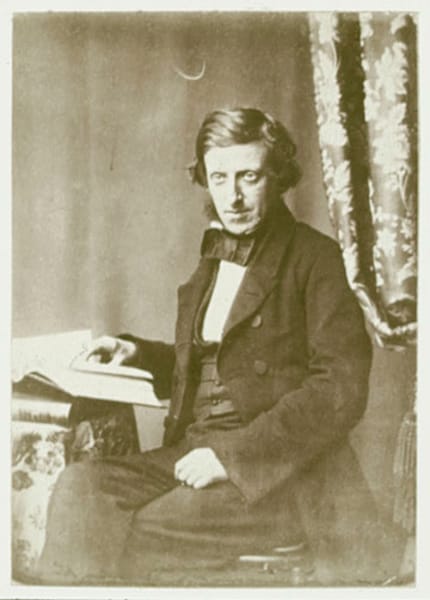
The collodion process made photography, then still in its infancy, more accessible to the world, although the process itself is quite delicate.
The first step is to cut a glass plate to size. Photographer Quinn Jacobson explains: He uses transparent glass for negatives and black glass for positives. After cutting, the glass has to be sanded down. As cyanide is used during the collodion process, there are major health risks for the photographer. The subsequent cleaning of the glass is also tricky. If the glass plate is not clean, the image emulsion may not adhere and the image is ruined.
The collodion is then applied to the glass. The yellowish liquid is poured onto the glass and evenly distributed. The more evenly it is spread, the fewer defects will be immortalised in the plate and the better the image will be. As soon as the collodion has set, it is immersed in silver nitrate for three to four minutes. This must be done in the dark, because as soon as light hits the collodion silver nitrate glass plate, the construct is exposed.
Time for the photo. The person in front of the camera must remain still for at least several seconds, not even blinking. This is where the photographer's instinct to play comes into play. Depending on the desired look of the image, the plate is exposed for longer.
The long exposure time by today's standards is responsible for the fact that people in old pictures rarely laugh and often stare ahead.
After photography, however, things move quickly. A plate can be developed within 15 seconds. But a trained eye is necessary to ensure that the photographer does not over- or under-develop the plate. This is followed by a bath in cyanide to stop the chemical process of development and fix the image. In this step, the negative changes colour from a cold blue to the characteristic warm sepia.
If a photographer wants to take pictures outdoors with a collodion camera, he must have a darkroom with him so that he can develop the pictures on site. This is why many so-called wet-plate photographers have a van whose boot has been converted into a photo lab.
Cyanide is not the photographer's only enemy. The silver nitrate stains skin and clothing, which is why wet-plate photographers often work with stained clothes and gloves.
One more detail is known about Frederick Scott Archer: He died a poor man, although he has gone down in history as a pioneer of modern photography. He never patented his invention, the collodion process.
Archer's spiritual heirs revived the technique in the early 21st century. Photographers such as Quinn Jacobson or Shane Balkowitsch, the Swiss Sebastiano Bucca, Sébastien Kohler and many of their comrades have used old equipment and a stopwatch to popularise images at American Civil War re-enactments or in portrait photography.
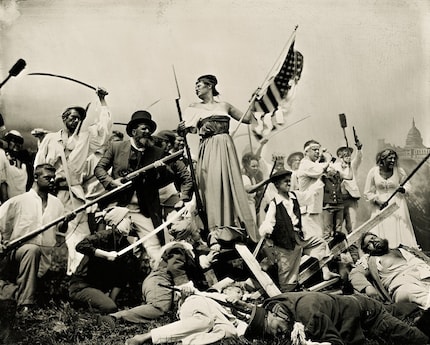
Shane Balkovich states how and with what he worked to create the image above:
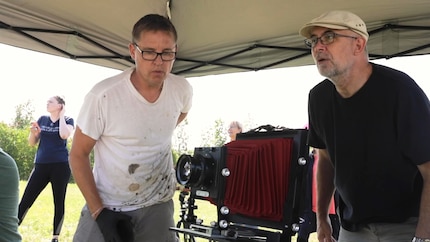
The lens is particularly eye-catching. The Tessar 300mm was manufactured between 1975 and 2005, a good 125 years after the invention of the collodion process and around 100 years after the collodion process was replaced by the dry gelatine process. This is possible because today's companies have focussed on the production of collodion cameras.
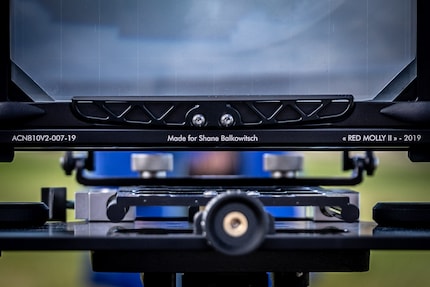
Shane Balkowitsch photographs with just one customised model, which he affectionately calls Red Molly. The current Red Molly, however, is the second that Gibellini has made for him. It is obviously compatible with modern lenses. Gibellini makes several models that can handle the above format. The cheapest, the Bellatrix 810 costs up to 999 euros, the top model GP810 up to 6550 euros.
As old as the technology may be, the technology used by Gibellini to manufacture its cameras is new. The company, which has been active since 2012 and is based in Polinago near Bologna, Italy, uses modern CNC machines and 3D printers during production.
The shoot with Greta Thunberg herself is described by Shane Balkowitsch as an adventure. He only had a short amount of time, but certainly wouldn't have wanted to miss this opportunity.
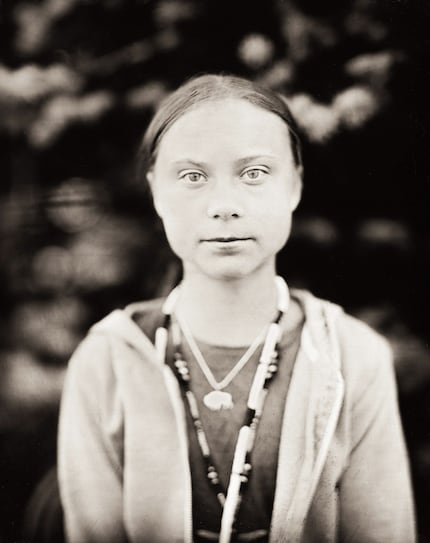
It is much easier to take photos in the studio, as the light can be brought under control there. Balkowitsch simply counteracted this: Greta Thunberg sat in the shade. Balkowitsch does not want to sell the plates themselves. The portraits of Greta Thunberg were a passion project, hence non-profit. The picture at the top as the header image has a title: Standing For Us All. Loosely translated: She stands for us all.
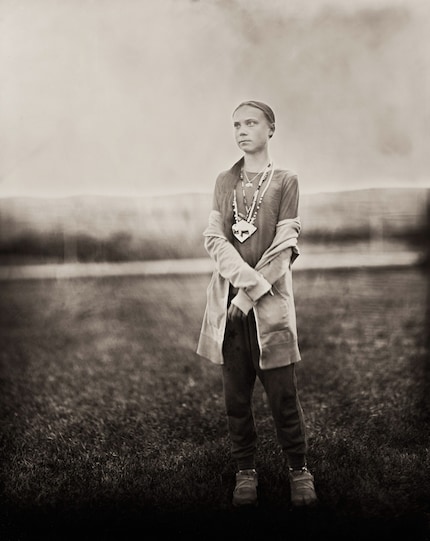
Greta Thunberg rose to global fame in 2018 thanks to her school strike in Sweden. She has written climate protection on her banner and expresses herself unexpectedly crudely for a "small girl with pigtails". During her protest outside the Swedish Parliament, she handed out flyers explaining the reasons for her actions:
"I'm doing this because you adults are shitting on my future."
Journalist. Author. Hacker. A storyteller searching for boundaries, secrets and taboos – putting the world to paper. Not because I can but because I can’t not.
Interesting facts about products, behind-the-scenes looks at manufacturers and deep-dives on interesting people.
Show all